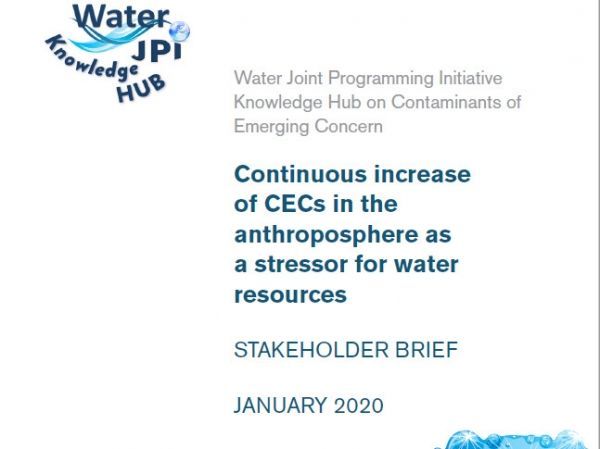A major focus is on climate change, mitigation and adaptation – a core issue of which is the availability, quantity and quality of our water resources. However, millions of people who receive drinking water every day are at risk from, amongst other factors, animal and human waste, pesticides, emerging contaminants, risks from “established” contaminants, aged water supply infrastructures, and sub-optimal water management.
Ever more chemical constituents are in use – population growth has fuelled the use of sanitary, household and personal care products, advanced medicines and therapies, and intensified food production. Over 4000 new substances are being added daily to the Chemical Abstracts Service (CAS) alone. In particular, contaminants of emerging concern (CECs), contaminants which are not commonly monitored but are suspected to have adverse ecological and human health effects, can end up in wastewater by application and use. Existing water treatment plants do not remove all CECs from wastewater, and can change the chemical structures of others, which are then released into the environment. A substantial revision of current legislation is required, which should introduce proactive measures to account for these escalating contaminants and ensure a sustainable water cycle with water suitable for reuse, for the benefit of the environment and the public.
Continue reading at CORDIS
Image via CORDIS


